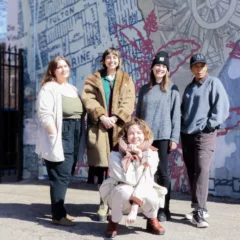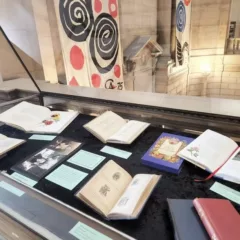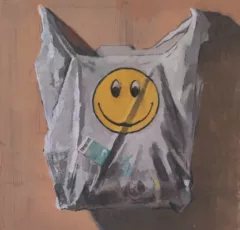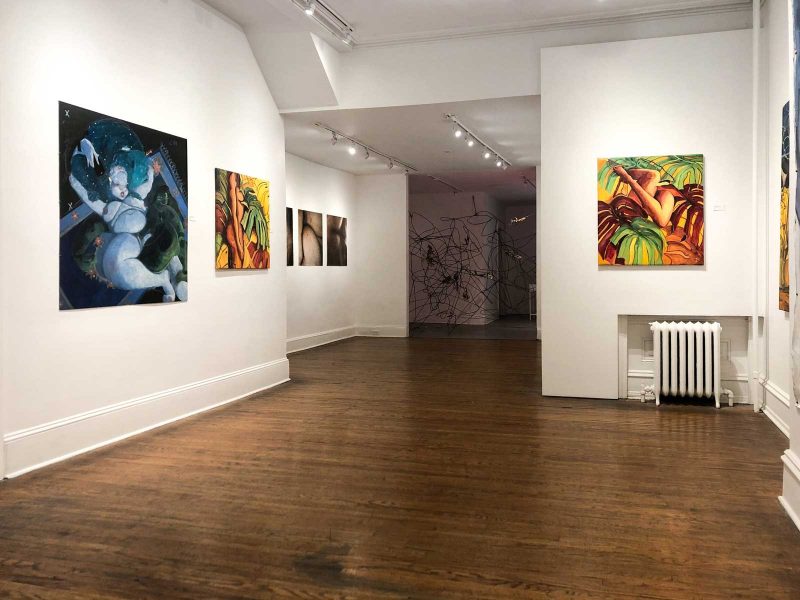
In February 2020, Chelsey Luster was selected as the Kathryn Pannepacker Curatorial Fellow for Da Vinci Art Alliance. Recently, her culminating exhibition, Sanctuary: An Exploration of Queer Safe Havens opened with a virtual reception—during which Luster remarked that her initial curatorial intent was to question the success of “queer safe spaces,” particularly those housed within institutional contexts. She explained that as the pandemic persisted, the artists, as well as herself, became more interested in attempting to create safe spaces for themselves, rather than to critique them.
Queerness is generally understood as a relational term, describing a certain kind of intimate interaction that occurs between people and yet, almost all of the works in Sanctuary depict figures who are alone. This could of course, be explained by the quarantine, which caused many of us to reexamine what it means to be in physical isolation. Although, I think more significantly, the work in Sanctuary exemplifies a new belief that queer identiy is the most authentic when experienced in solitude; when the outside world is unable to make qualifications on its validity.
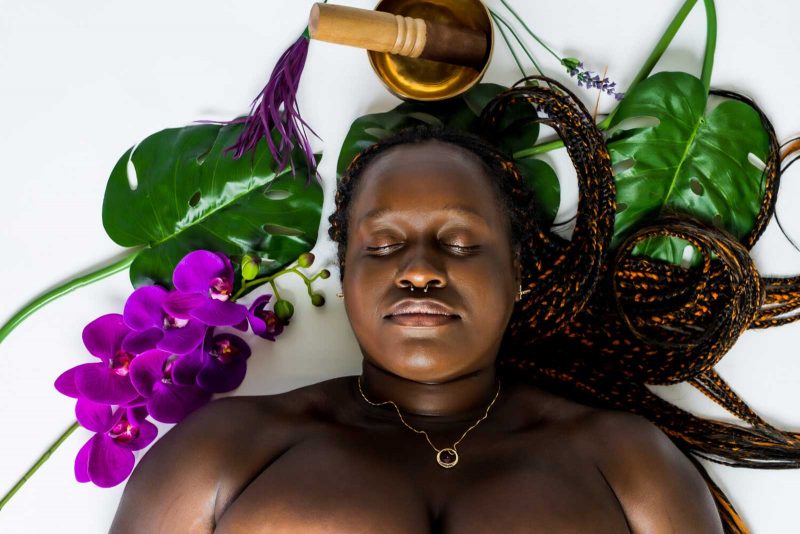
Only a few artworks forgo depicting isolation, including a particularly tender photograph by Rick Vaughn titled, “An Invitation of Nearness” and all three of Autumn Wallace’s paintings. This is the third time that Luster has curated Wallace. Their previous collaborations include Bond of Knowing, a group show at Stella Elkins Gallery on romantic and platonic intimacy, and 19.5%: Women in Power & Politics, which I reviewed in 2019. Wallace typically paints bulging female figures that are contorting into languid or sexual positions. Frequently, multiple figures intertwine with each other and create ambiguous masses of sensuality. Her new collection of work shown in Sanctuary was inspired by Gullah folktales. Her two largest paintings feature swirling compositions and murky blues and blacks. Mythical creatures emerge from the vapor.
Only three years out of undergrad, Wallace has already developed a stylistic signature and is producing a remarkable quantity of work. Her practice is still rapidly developing; new textural and material layering techniques can be found in her newest set of paintings. The main figure in “After 2, Before 69” is covered with fine hairs on the legs, breasts, face and arms and its body takes on a plushy texture when viewed up close. Wallace uses wispy pastel strokes and various compounds of acrylic paint to achieve a notably wide range of finishes and glazes. Rhinestones are also glued to the PVC surface—they depict the stamen of the small pinkish-orange flowers that bloom across the composition.
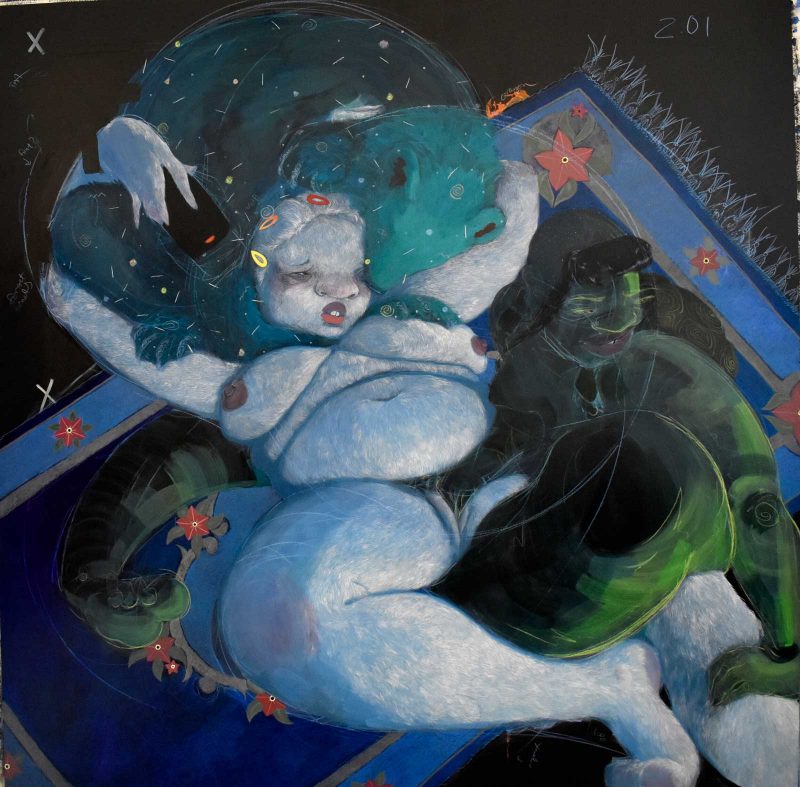
There are six artists showcased in Sanctuary. The show is exhibited on the first floor of DVAA and for the most part, artists are organized by medium. Paintings by Dara Haskins are intermingled with Wallace’s paintings and they offer a golden and warm counterpoint to Wallace’s cool palettes. Of all the artists, Haskins’ work is the freshest. One painting is from 2020 and the other two were completed in 2021. Haskins expressionistic paintings seem to reference indoor spaces that are blazed in sunlight. Her work features faceless nudes, huge fanning leaves, and cadmium yellows that pop against neutralized brown, reds, and greens. The paint is applied in thick wet strokes and makes the images feel as though they are melting in their own heat.
Next to the painters are installations of photography by Rick Vaughn and Pablo Alarcón. Vaughn presents a series of black and white portraits of queer Black men. Their poise accentuated by large panels of elegantly draped fabric. On the facing wall are Alarcón’s intimate self-portraits. The four photos are part of a series titled, “Pena? Que Pena?” which translates to “Shame? What shame?” The intimacy of these photographs is generated through proximity and scale; Alarcón is so close to the camera that sometimes it is difficult to discern which part of the body is being shown. Because the photos are blown up to 30 inches by 30 inches, every hair, vein, stretch mark and pore is highly visible. These are gentle images. Alarcón’s body is highlighted with the same cool diffused lighting that could be found in a bathroom right before a morning shower.
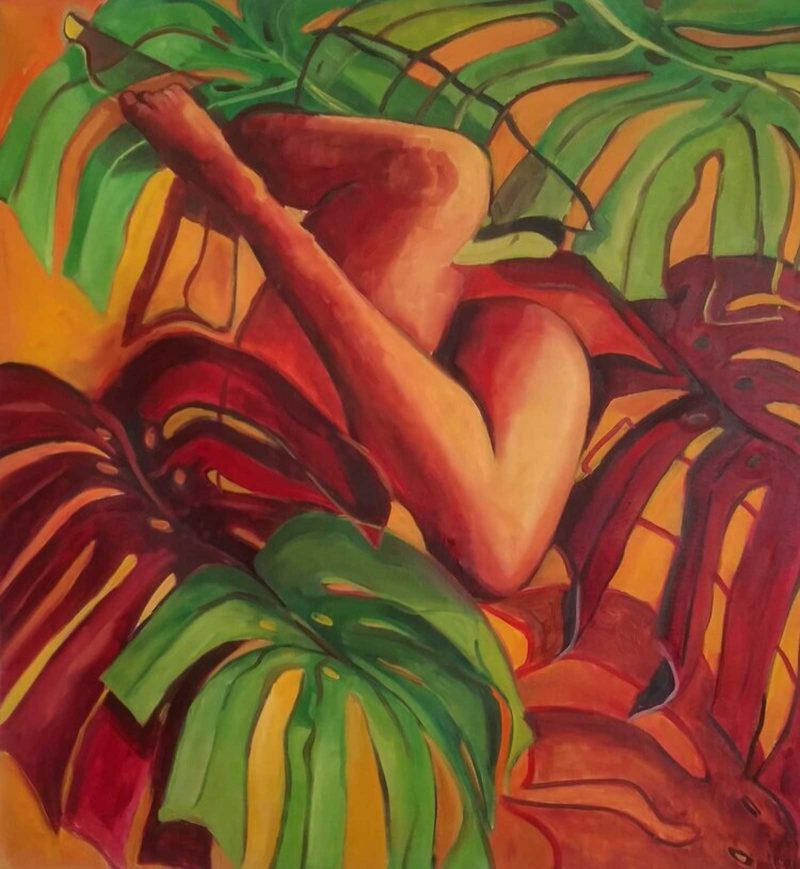
The back of the gallery space is occupied by Jungmok Yi, whose tangled metal sculpture completely fills the room. The piece is lifted up by knots of twine that are screwed into the walls at near ceiling height—this suspension prevents the metal tumbleweed from collapsing into the floor in a heap. Tautly tied up dried white flowers are attached between metal rods and are suspended in the negative space of the sculpture.
A projection pokes through all of these dynamic forms and lands on the wall. There are two videos being shown; one is of a durational performance piece in which Yi endlessly unties the twine that pinches the sculpture together. The second video is another performance, this time in public space. Yi precariously precariously wears a smaller iteration of their metal sculpture around themself and walks down the city sidewalk and precariously makes their way through the doorways of houses. This first video is significantly longer than the first, which is a shame because the first performance was recorded from behind a crowd of people and their dark shadows not only obscure most of Yi’s action, but blot out the captivating shadows of Yi’s sculpture.
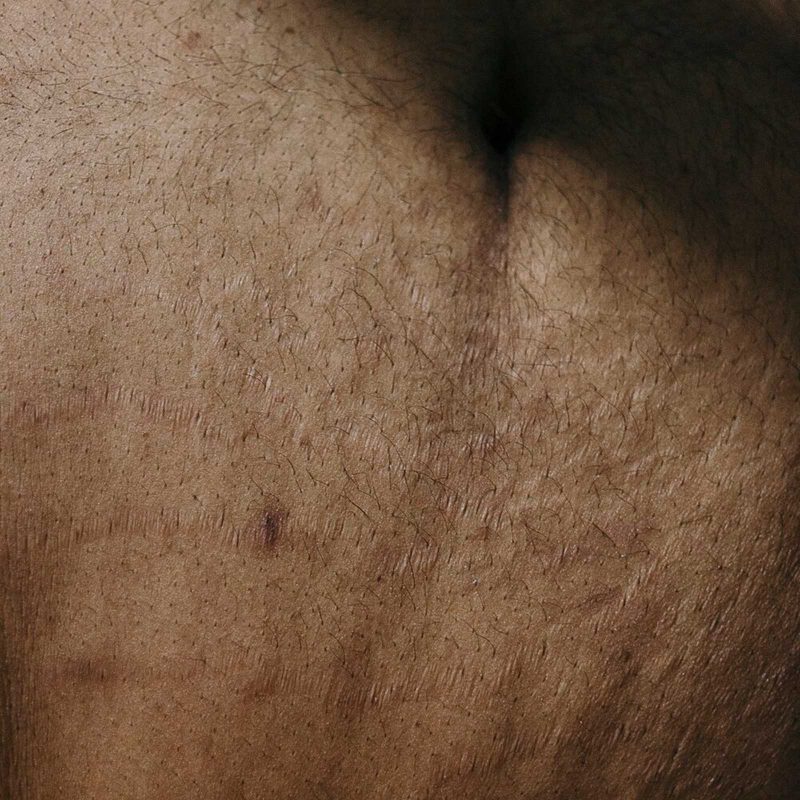
Because each of the six artists are placed in their own section of the gallery, and are grouped together by media, Sanctuary feels more like a showcase of select creators, rather than a deep thematic investigation of a topic. Had the artists’ work been more interspersed with each other, a narrative around what queer sanctuaries can look like and the similar (or divergent) perspectives of the artists may have become a little more clear.
Overall, I do believe Sanctuary makes the implicit argument that queer safe spaces can exist even in solitude. This idea is most clearly depicted in the work from The Somatics Stories Project. On display is a selection of works from Project member, Gabrielle S. Clark. There are two set ups that each feature a celebratory photographed portrait and an altar. The two individuals who are photographed, Shakuwra Gay and Ashley Davis, are each designated their own station. On the altars are candles and decorations, as well as pink sheets of paper with writings from Gay and Davis respectively. Through poetry and storytelling, they share how bodywork helped them heal.
I have seen this body of work from The Somatics Stories three times. The first was on the last First Friday at Vox Populi before the shutdown made all of us a little more lonely. The second time was in September, when Vox Populi cautiously reopened by appointment and then of course, the third time was at Da Vinci Art Alliance. Through each changing context, the message that queer sanctuary requires self healing rings differently, but is always poignant.
“Sanctuary: An Exploration of Queer Safe Havens,” at Da Vinci Art Alliance, Feb. 18- Mar. 7, 2021. Group exhibition including works by: Rick Vaughn, Autumn Wallace, Dara Haskins, Pablo Alarcón Jr., Jungmok Yi, and the members of the Somatic Stories Project. Curated by Chelsey Luster.



